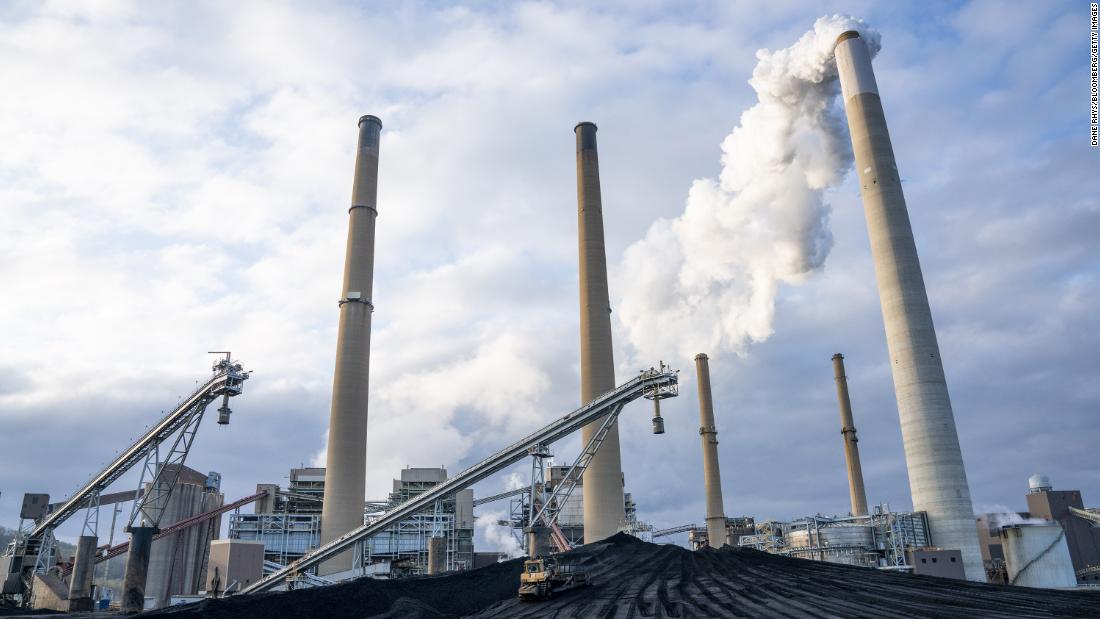America is trailing in the clean energy race

For the second-straight year, the United States lost ground in rankings that measure countries on key issues, including energy security, environmental sustainability and preparedness for the energy transition. Ranked 32nd out of 115 countries, the United States scores below European countries including Sweden, France and the United Kingdom as well as Canada, Colombia and Costa Rica. In 2018, the United States was ranked 25th in the Energy Transition Index. The main reason for America sliding in the rankings is poor marks for Washington’s political commitment and regulatory stance towards clean energy and fossil fuels. President Donald Trump has attempted to revive the embattled coal industry by slashing environmental rules and installing a former coal lobbyist to lead the EPA. At the same time, Trump has gutted fuel economy standards and falsely claimed that windmills cause cancer. “The United States has remained flat, while other countries have evolved,” said David Victor, a professor at the University of California San Diego who sits on the panel of advisors that ranks nations on the energy transition. Will the pandemic disrupt the clean energy revolution?Experts warned that the coronavirus pandemic adds great uncertainty to future efforts to transition the world to cleaner energy. The health crisis has scrambled intricate global supply chains, making it harder for solar companies to source panels they normally buy from China. And plunging revenue in cities and states and at major companies could make it harder to fund the transition towards renewable energy. “Pre-pandemic, market forces were pointing in the direction of substantial new investments in renewables. But the pandemic has put a big shock into this,” said Victor. The World Economic Forum report called out the United States and other leading energy consumers such as Australia, China and Russia for failing to adopt zero-emissions goals. “The weakening of fuel economy standards in the United States raise concerns over the level of political commitment to the energy transition,” the report said. Coal power collapses to 43-year lowYet that’s progress has been made, particularly at the state level. More than half of the 50 US states have adopted standards that require a certain percentage of electricity come from renewable energy. Some states such as New Mexico and Hawaii have even set goals to go fossil fuels free.”Because the federal government has been stagnant on these issues for a long time, a huge amount of activity has shifted to the states,” said Victor. Despite Trump’s promise to rescue the coal industry, the United States continues to move away from coal in favor of cleaner alternatives. Coal peaked in America in 2011 and has continued to decline as power plants switch to renewable energy and natural gas. Coal-fired power generation plunged by a record 16% last year to the weakest level since 1976, the US Energy Information Administration said this week.While coal continued to lose market share, natural gas and wind power generation hit record highs in the United States last year, the EIA said. That trend is expected to continue. The EIA projected US coal power generation will plunge by another record 25% in 2020, while renewables will grow 11%. Methane emissions require urgent responseAnd carbon emissions are also going in the right direction. The EIA expects energy-related CO2 emissions to drop by 11% this year, although analysts attribute that mostly to the weak economy and travel restrictions imposed to fight the pandemic. In another milestone, the United States generated more power from renewable energy than coal every day in April, according to the Institute for Energy Economics and Financial Analysis, which said it was any month. That feat is impressive considering there were only 38 days all of last year where renewables beat coal. More renewable power projects are on the way. On Monday, the Trump administration approved plans to build the largest solar project in American history. The massive Gemini Solar Project, slated to be built in the desert of Nevada, could provide enough renewable energy to power 260,000 homes in Las Vegas and Southern California. The $1 billion project is backed by a division of Warren Buffett’s Berkshire Hathaway (BRKA) empire. In addition to the rise of renewable energy, coal’s demise has been driven in large part by the shale revolution, which unlocked vast amounts of natural gas and oil trapped under ground, has been a major force behind coal’s demise. The United States now has an abundance of cheap natural gas. Yet the shale boom is also driving a spike in harmful methane emissions, which contribute to climate change. The World Economic Forum report noted that more than half of global methane emissions last year came from North American shale oil and gas production. The authors said technologies and regulations to limit methane emissions “should be deployed urgently.”







